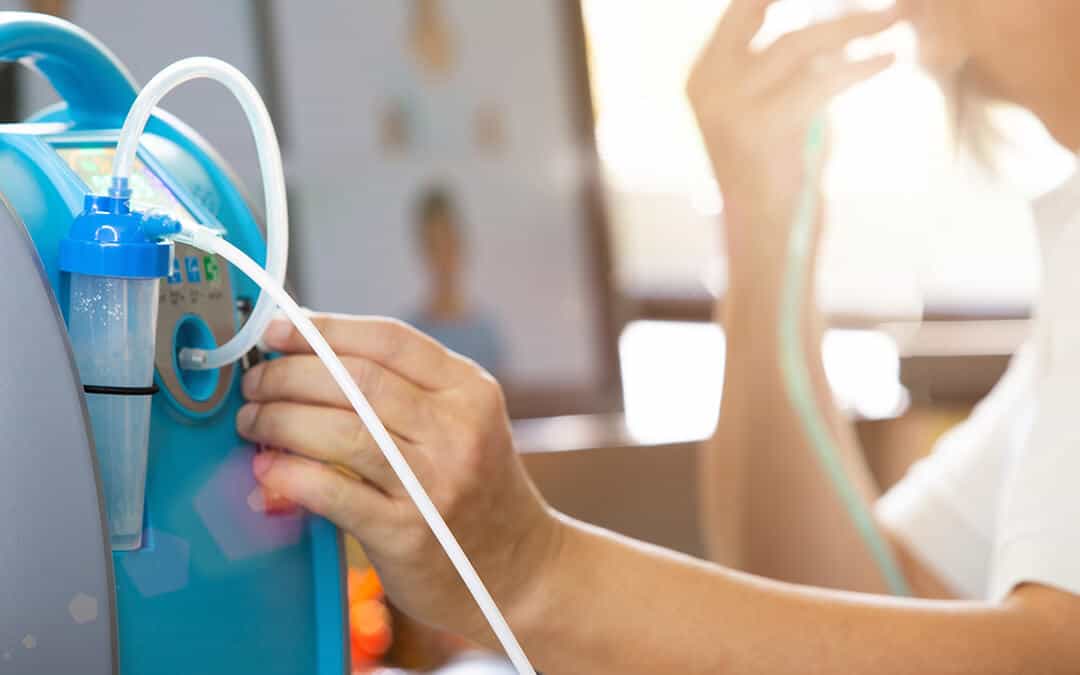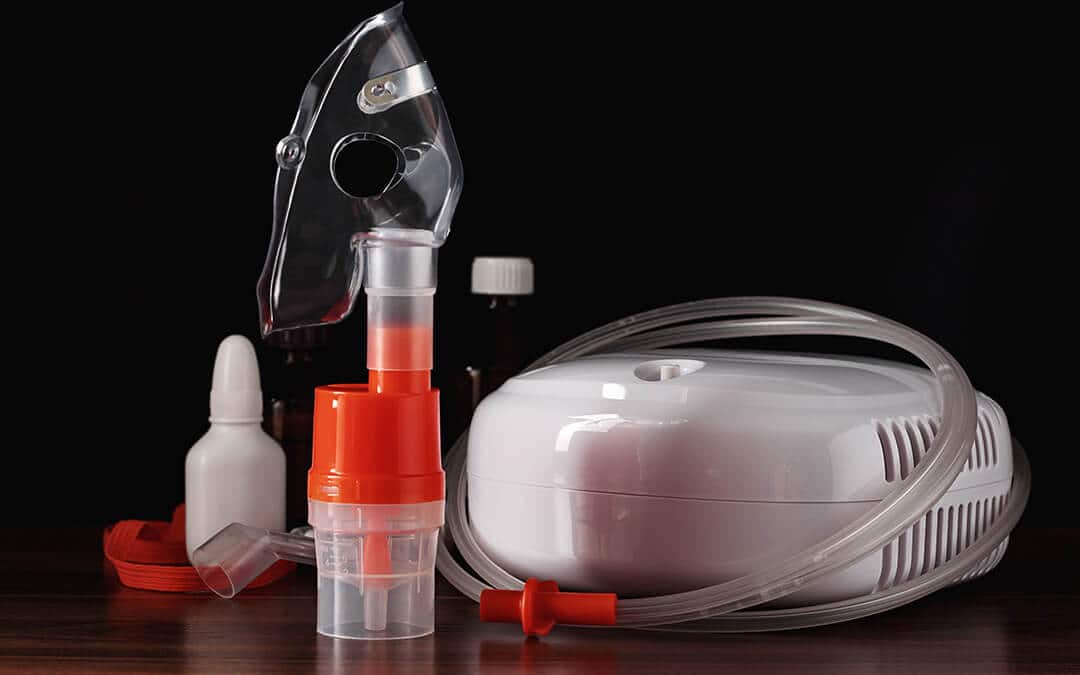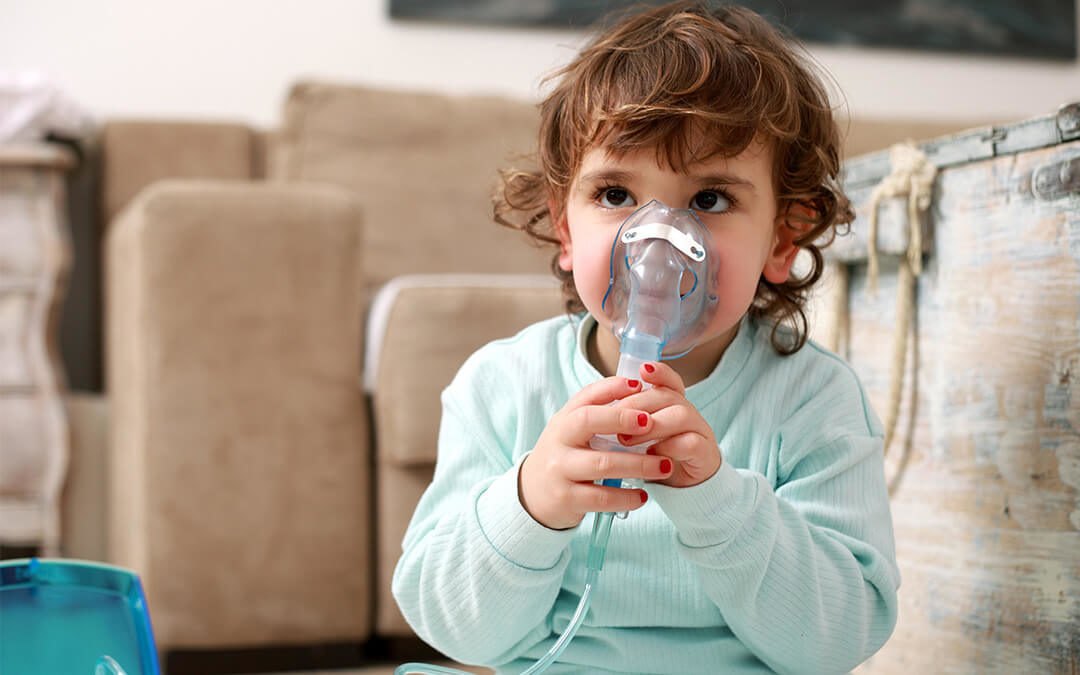Home oxygen therapy is prescribed to treat ongoing respiratory conditions that cause blood oxygen to dip below normal levels. Low oxygen levels cause shortness of breath, due to the lungs’ inability to deliver enough oxygen to the cells in the body.
Oxygen deprivation is also known as hypoxia, which occurs when the lungs are not able to absorb enough oxygen, through regular breathing, into the bloodstream. Healthy blood oxygen levels are 95% and higher. At 88% or lower, supplemental oxygen may be needed to help prevent hypoxia-induced damage to the brain, the heart, and other organs.
When Is Oxygen Therapy Needed?
After a serious illness, such as pneumonia or heart failure, supplemental oxygen may be prescribed for continued use, following a hospital stay, to keep blood oxygen levels regulated during recovery. Other qualifications for home oxygen therapy include symptoms of COPD (chronic obstructive pulmonary disease), emphysema, lung cancer, cystic and pulmonary fibrosis, chronic bronchitis, and asthma.

For home oxygen therapy treatments, supplemental oxygen is delivered through a long tube connected to an oxygen tank or concentrator. Connected to the tube is a nasal cannula or face mask, from which the oxygen is breathed in – through the nose, mouth, or both – as it flows from the tank or concentrator. Impaired breathing is alleviated as the supplemental oxygen flows in, raising the blood oxygen level – restoring a sense of well-being.
For some people, supplemental oxygen may only be needed at certain times of day, or night, such as while exercising or sleeping. For others, more frequent treatments may be needed. Depending on the type and severity of the respiratory condition, doctors will prescribe the amount of supplemental oxygen needed per minute, as well as the number of treatments needed per day. Once the doctor determines how much supplemental oxygen is needed, an oxygen supplier sets the oxygen delivery equipment to a prescribed flow rate.
Maintaining Supplemental Oxygen Equipment
During regular use, cannulas and face masks should be replaced every 2 to 4 weeks, while tubing should be replaced every other month or so. Extra tubing, cannulas, and face masks should be kept on hand, in case any part is damaged during use, possibly interrupting flow. An appointed oxygen supplier can determine how often to replace the tank, or when it might be necessary to perform maintenance on components of the oxygen delivery system.
Once prescribed, home oxygen therapy treatment plans are started, adjusted, and finished under a doctor’s supervision. Patients receiving at-home oxygen therapy are taught how to use oxygen equipment, make setting adjustments, and monitor their own oxygen levels. Typically, pulse oximeters are provided to patients receiving supplemental oxygen. Placed on the fingertip, a pulse oximeter alerts the patient to changes in their blood oxygen levels.

Safety Precautions
While oxygen is neither flammable nor explosive, safety precautions must be taken when using supplemental oxygen at home. Oxygen can cause lit fires to burn hotter and more rapidly than normal. For this reason, oxygen tanks should be kept away from sources of open flame – cigarettes, matches, candles, fireplaces – as well as from heat sources such as stoves and gas or electric heaters. An oxygen supplier can explain safe cooking practices in a home with a gas range, while supplemental oxygen is in use.
Flammable products such as cleaning fluids and aerosol sprays should not be used while supplemental oxygen is flowing. Oxygen tanks should be kept upright and secured to a fixed object, to prevent them from tipping over.
Treatment In The Comfort Of Home
Home oxygen therapy allows people with conditions that impair breathing to remain active and comfortable at home – and on the go. Supplemental oxygen tanks come in different sizes and capacities. Portable canisters are designed for convenient use outside the home. Larger tanks can be set up to allow movement around the home, without interruption of oxygen flow.
Contact CalOx to supply, deliver, and maintaining the oxygen and equipment needed for at-home oxygen therapy.
